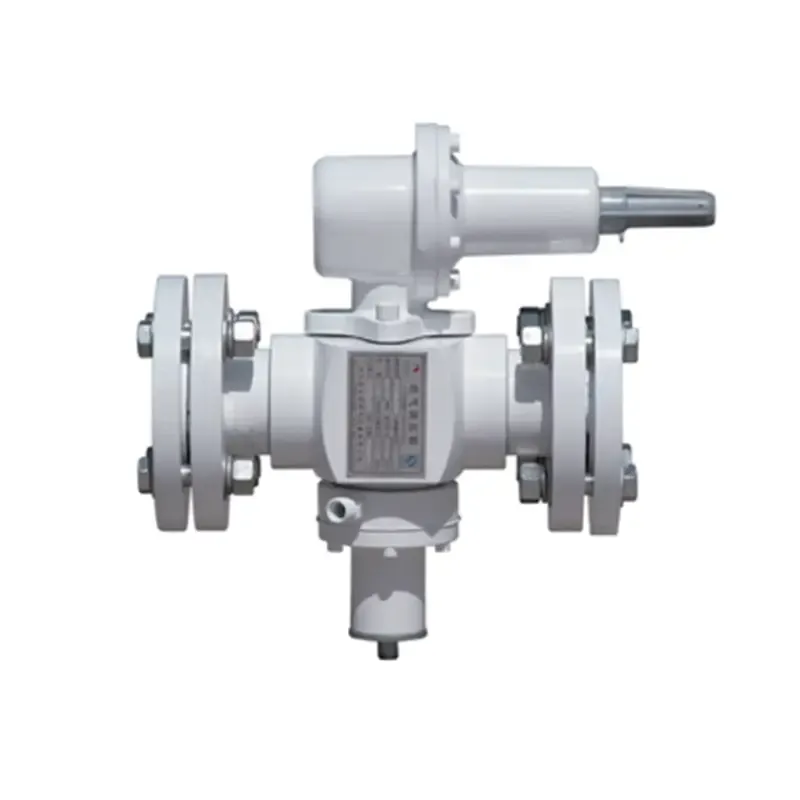
Nov . 27, 2024 10:21
Back to list
Understanding the Benefits and Applications of Coalescing Filters in Filtration Systems
Understanding Coalescing Filters A Key Component in Fluid Management
In various industrial applications, especially those involving hydraulic systems, the importance of maintaining fluid purity cannot be overstated. Contaminants such as dirt, water, and particulate matter can significantly impair performance, leading to inefficiencies and potential equipment failure. One crucial technology that addresses these concerns is the coalescing filter. This article aims to provide a comprehensive understanding of coalescing filters, their working principles, applications, and benefits.
What is a Coalescing Filter?
A coalescing filter is a type of filtration system specifically designed to remove water and particulates from petroleum-based fluids such as diesel or lubricating oils. Unlike traditional filters that merely trap contaminants, coalescing filters operate on the principle of coalescence, which allows them to separate droplets of water from the oil phase effectively.
How Does It Work?
At its core, a coalescing filter consists of several key components
1. Filter Media This is where the initial filtration occurs. The filter media is specifically designed to promote the coalescence of smaller water droplets into larger ones. As the contaminated fluid passes through the media, smaller water droplets collide and fuse, forming larger droplets.
2. Coalescing Element After the media, fluid flows into the coalescing element (often made from a hydrophobic material), where the larger water droplets can further coalesce. The hydrophobic nature of these materials repels the oil, causing the water to coalesce and rise to the top.
3. Separator Finally, the system includes a separator that allows the coalesced water to be drained away, ensuring that only clean, dry fluid is passed back into the system.
The entire filtration process is highly efficient; it not only removes solid particulates but also captures water, enhancing the performance and longevity of hydraulic systems and machinery.
Applications of Coalescing Filters
Coalescing filters find a wide range of applications across different industries
coalescing filter

1. Hydraulic Systems In hydraulic machinery, clean hydraulic fluid is essential for optimal performance. Coalescing filters prevent the formation of emulsions, which can lead to cavitation and component wear.
2. Fuel Filtration In the oil and gas industry, coalescing filters play a crucial role in ensuring that fuels are free of water and particulate matter. This is particularly important for diesel fuel systems in vehicles and machinery.
3. Food and Beverage The beverage industry utilizes coalescing filters to ensure the purity of oils and fats, which can affect product quality and safety.
4. Marine Applications Ships and marine equipment rely heavily on coalescing filters to separate water from fuel, preventing algae growth and potential engine failure due to water contamination.
Benefits of Coalescing Filters
The advantages of using coalescing filters are numerous
1. Improved Fluid Quality By effectively removing water and particulates, these filters ensure that only clean fluid is circulated within systems, reducing wear and increasing efficiency.
2. Extended Equipment Life Clean fluids contribute to the longer lifespan of equipment, resulting in reduced downtime and repair costs.
3. Operational Efficiency With an effective filtration system in place, machinery can operate more smoothly, leading to enhanced overall performance.
4. Environmental Compliance In industries where regulatory compliance is critical, coalescing filters help ensure that processed fluids meet stringent environmental standards.
Conclusion
Coalescing filters are indispensable tools in maintaining the integrity of fluid systems in various industries. Their ability to effectively separate water from oil not only protects equipment but also enhances operational efficiency. As industries continue to evolve and focus on sustainability and efficiency, the demand for coalescing filtration technology is likely to grow, making it a vital area of study and application in fluid management. Understanding and implementing coalescing filters can ultimately lead to significant improvements in processes and equipment reliability, paving the way for a more efficient and sustainable industrial landscape.
Latest news
-
Safety Valve Spring-Loaded Design Overpressure ProtectionNewsJul.25,2025
-
Precision Voltage Regulator AC5 Accuracy Grade PerformanceNewsJul.25,2025
-
Natural Gas Pressure Regulating Skid Industrial Pipeline ApplicationsNewsJul.25,2025
-
Natural Gas Filter Stainless Steel Mesh Element DesignNewsJul.25,2025
-
Gas Pressure Regulator Valve Direct-Acting Spring-Loaded DesignNewsJul.25,2025
-
Decompression Equipment Multi-Stage Heat Exchange System DesignNewsJul.25,2025

